
Study systems
Biogenic habitats, or habitats formed by living organisms, such as coral reefs, sponge grounds, and seagrass beds are among the most biodiverse ecosystems in the oceans. They provide us with many ecosystem services from food production and natural products chemistry to shoreline protection and storm buffering. They are also among the most impacted systems, suffering from a wide range of anthropogenic and natural stressors that combine to threaten their continued existence. Our lab is lucky enough to work in many such systems, including seagrass beds and Glass Sponge, coral, and oyster reefs.
Current Projects
Ecological memory and multiple stressors

Seagrass ecosystems, a widespread and ecologically important nearshore system, may be shaped by the ecological memory of past disturbances. These legacies may influence how seagrass ecosystems respond to environmental change. This project take advantage of seven years of existing data in a study system in the path of Hurricane Dorian in the Bahamas to assess how ecological memory shapes the response of coastal seagrass beds at multiple levels of biological organization. We will use a combination of modeling, field observations, field experiments, and laboratory analyses to compare the impact of multiple stressors in both highly and minimally hurricane-impacted sites. The goal is to provide a better understanding of how ecological memory drives the outcome of current ecological processes, which in turn will inform conservation and restoration efforts as seagrasses continue to decline globally.
Oyster reef ecology
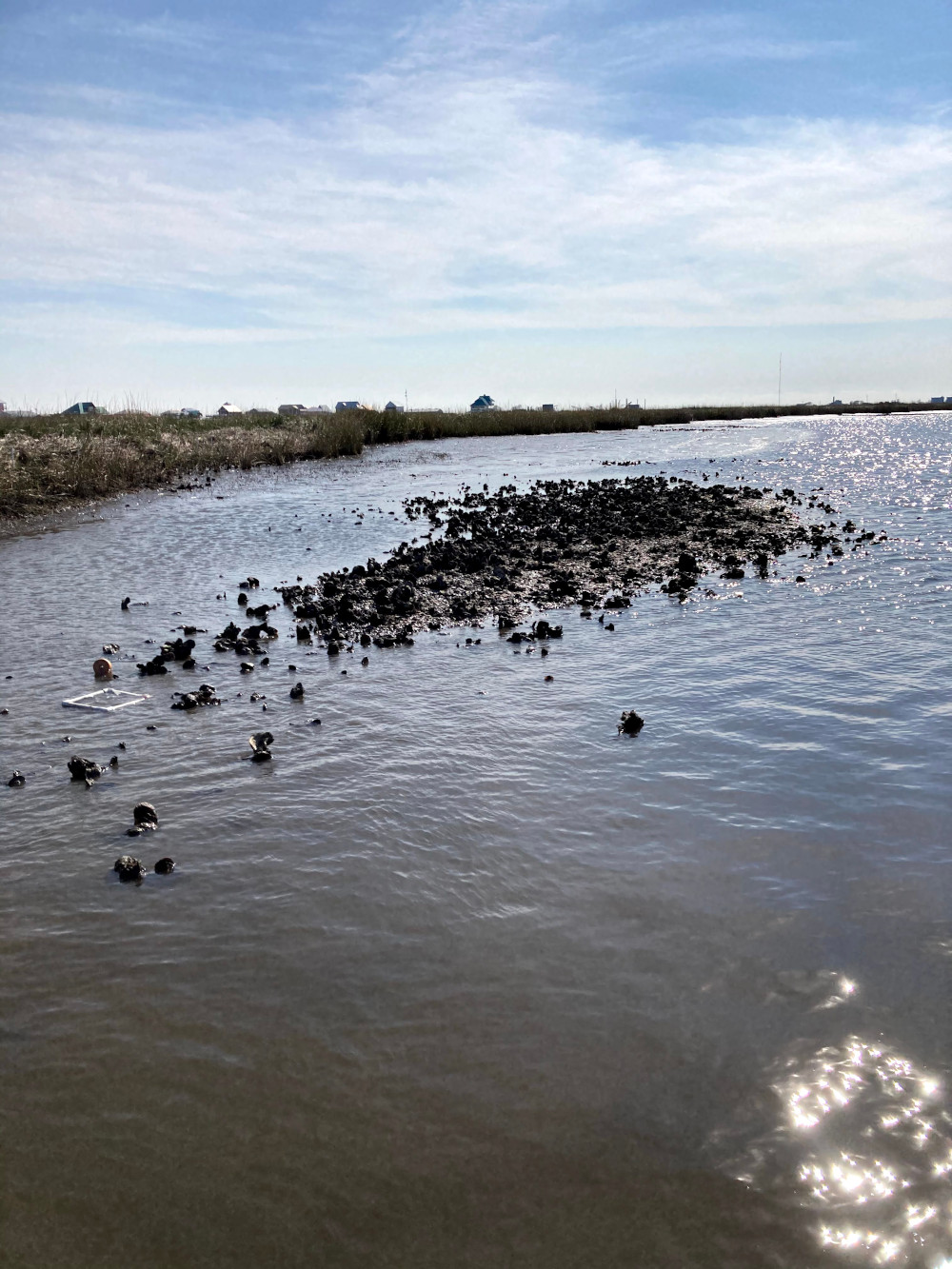
The Gulf Coast is shaped by many iconic biogenic habitats, including oyster reefs. Unfortunately, throughout the Gulf of Mexico oyster reefs are declining. These declines are driven by many stressors, such as changes in salinity regimes, increasing temperatures, and direct human impacts such as dredging and construction. While the direct effects of some stressors are well-understood, ecosystems are rarely exposed to a single stressful condition at a time. Additionally, how things like increasing temperatures and decreasing salinities impact marine ecosystems often depends on many other factors, such as how hot it got last year, or how human activities have altered water quality. As we move further into the Anthropocene, and human influence on the environment increases, marine ecosystems are being exposed to suites of environmental conditions that they have never experienced before. As a result, our research on oyster reefs is focused on both identifying the causes and consequences of declines in oyster populations and building a better understanding of when, where, and why environmental conditions interact to impact oyster reefs in unexpected ways.
Glass Sponge Reef Ecology
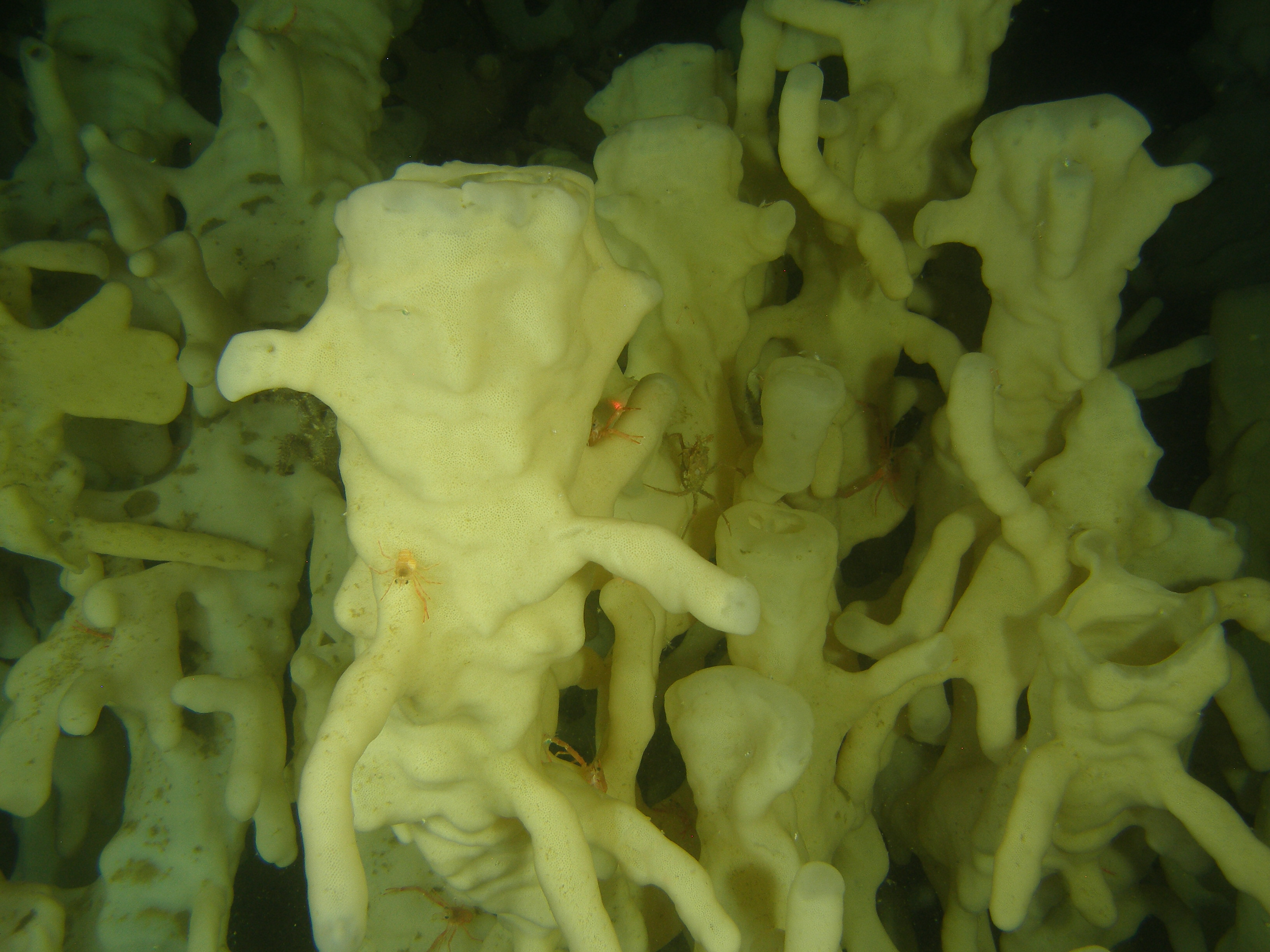
Because glass sponge reefs are globally rare and easily damaged by human activities (e.g. trawling) there is a strong push to protect these ecosystems. As protection measures are put into place the need to develop effective monitoring programs is increasing. We are using multiple approaches including food webs and community analysis to identify potential indicator species with the goal of developing effective and efficient monitoring methods for these reefs.
Soundscape Ecology
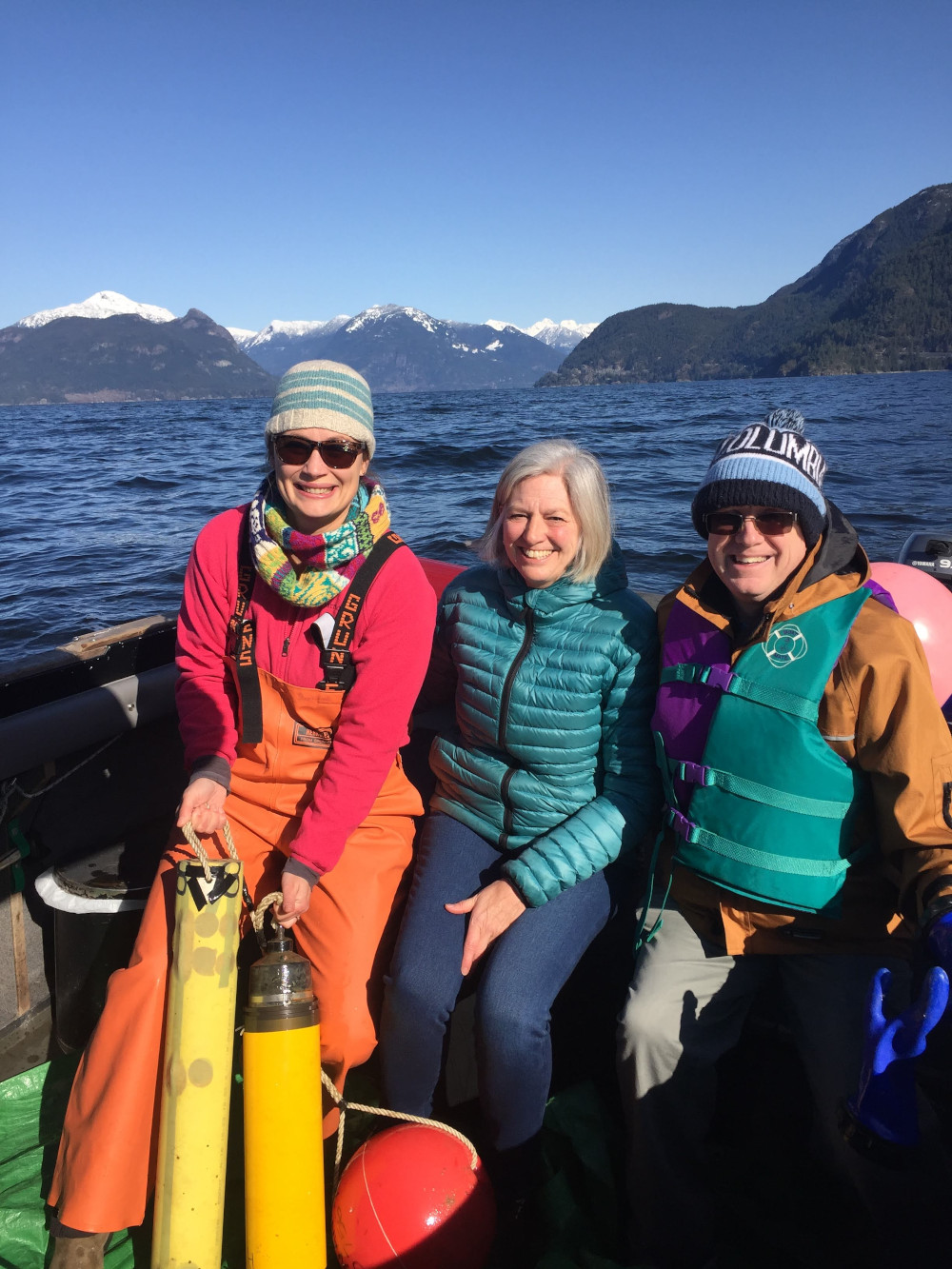
Many benthic marine animals, from fish to crustaceans, make sounds. In biogenic habitats all over the world the intensity and complexity of the sounds emanating from a habitat are being linked to the health of the ecosystem- with healthy, more diverse ecosystems being louder and having more complex soundscapes. I am working with a great team of researchers to describe the soundscapes of several ecosystems, determine if we can use passive acoustic recordings to monitor both ecosystem status and fish populations, and assess the intensity and consequences of anthropogenic noise reaching these systems.
Tropical Nearshore Ecology
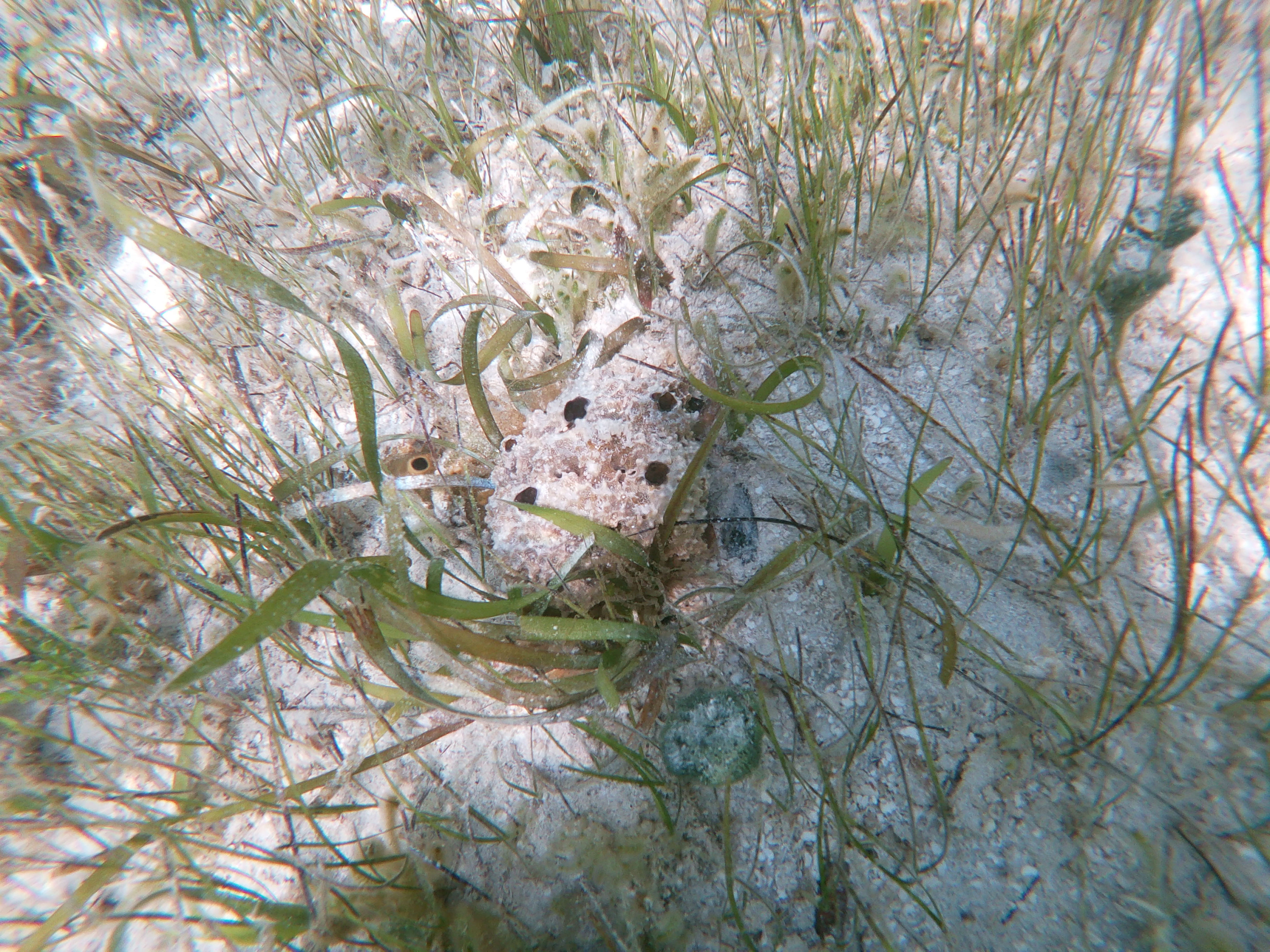
Seagrass beds are an example of an ecosystem structured by the presence of foundation species. Although seagrasses serve as the primary foundation species in these systems, foundation species rarely occur in isolation. Sponges, a common component of seagrass beds, alter the physical environment in many ways, including provisioning of structured habitat. Despite this there is a paucity of knowledge regarding how they may influence the structure of seagrass ecosystems. We have multiple ongoing projects examining the mechanisms underlying how sponges and seagrass influence the structure and function of nearshore systems in the face of multiple stressors.
Freshwater sponges of Louisiana
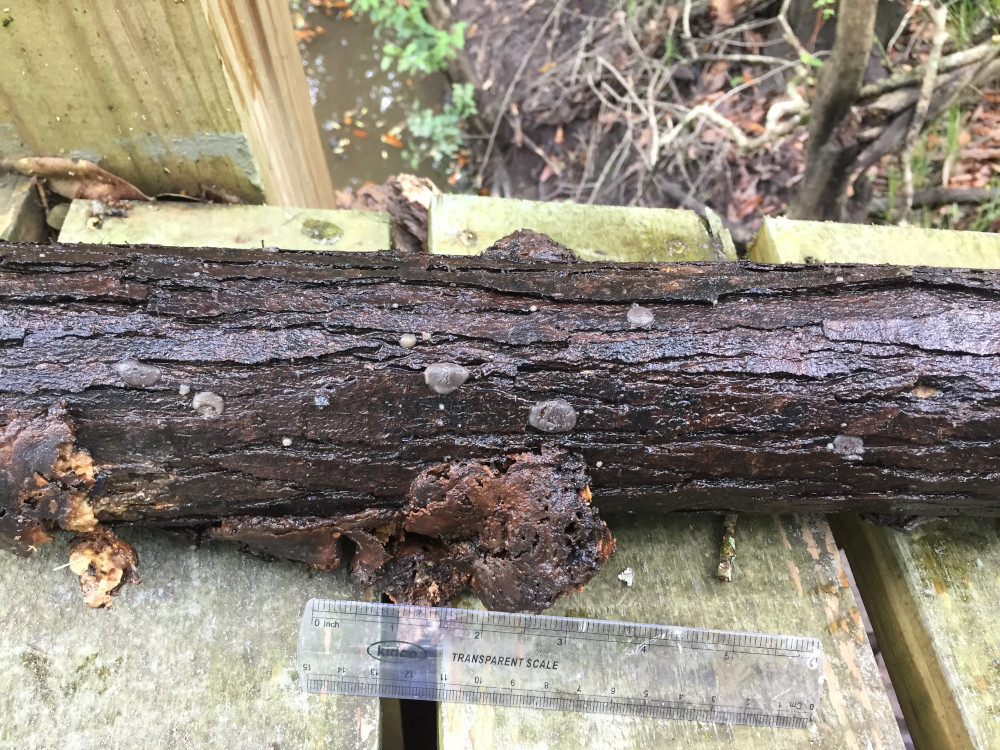
We work with Dr. Mary Miller and her students at Baton Rouge Community College to study the freshwater sponges of Louisiana.